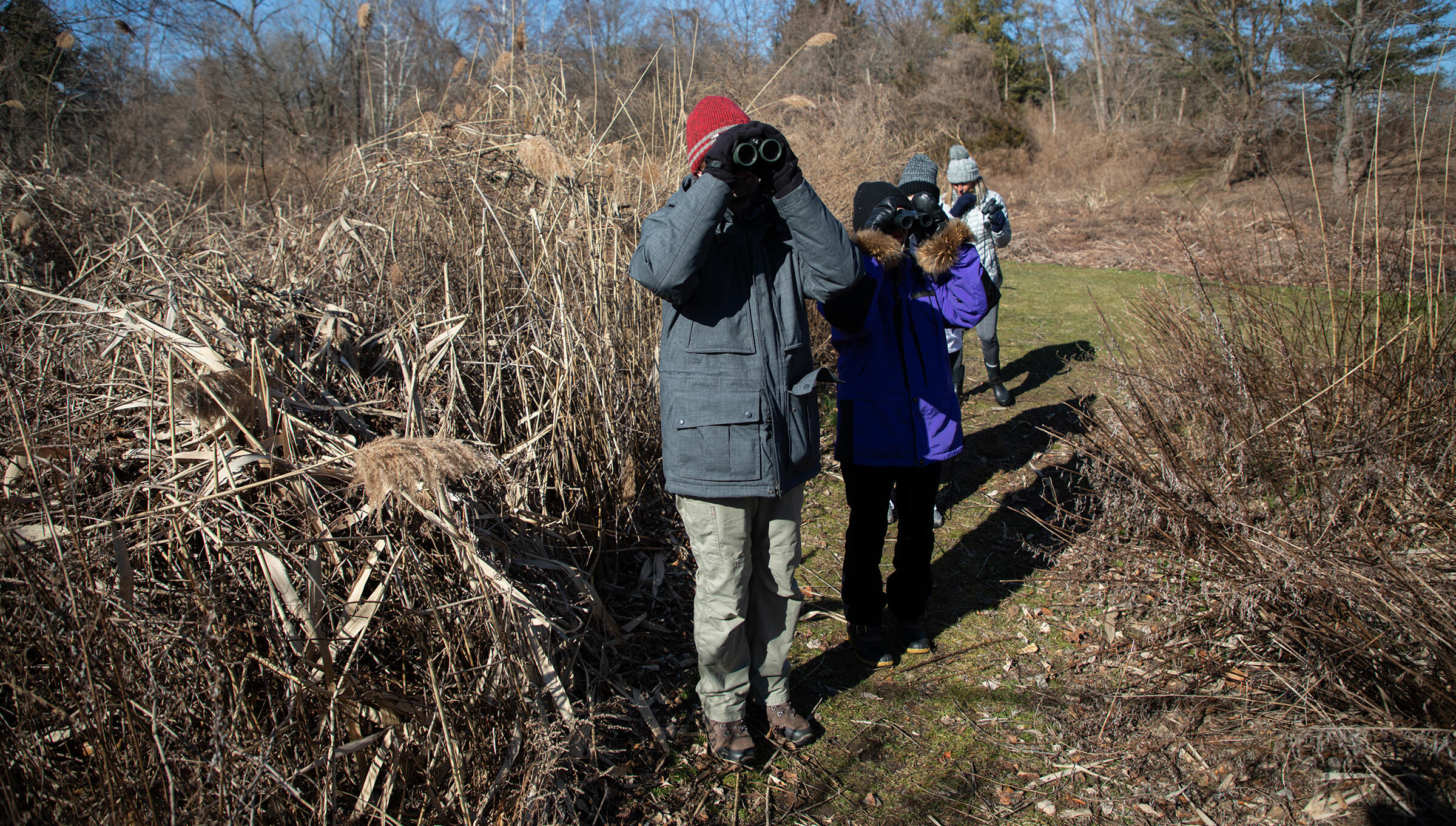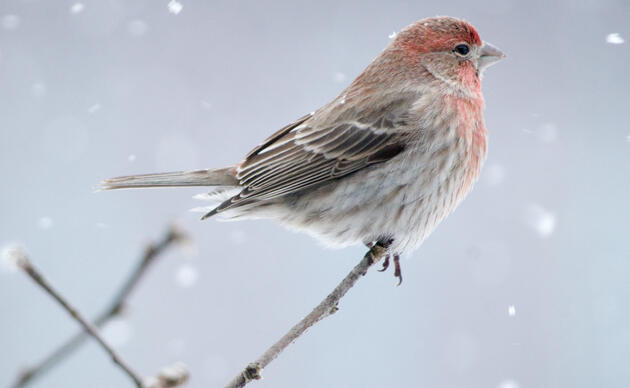What is Winter Bird Counting?

Each winter, for more than 100 years, bird lovers across North America have taken part in the joyful activity of bird counting. Originating with the National Audubon Society’s Christmas Bird Count (started in 1899 as a way of encouraging people to count birds instead of shooting them—an old Christmas-day tradition), winter counting has become not only a great way to experience nature during the cold months of the year, but it is also an impactful tool for science and conservation.
Data collected by bird and nature lovers of all ages and skill levels provides insightful information about bird populations that is used by scientists and helps to identify conservation areas of concern and set priorities.
How Do I Get Started?
Getting started in winter bird counting is easy. Simply choose one of several events or programs, or you can take part in them all. The amount of time you wish to dedicate to the activity is completely up to you. While some bird counts take place at specific times (and places) there are also opportunities to count whenever and wherever you like. Each opportunity provides information on how to count and submit your tallies, which for most is online.
When planning to participate in a bird count, keep in mind that the COVID-19 pandemic may impact bird count events and how they are organized.
Here is a list of winter bird counting opportunities. Click on the name of each one to learn more and get started.
Project FeederWatch - Enjoy bird counting at your chosen location anytime and for however long you like from November through March.
Christmas Bird Count - This count takes place at specific count areas on predetermined dates (each year from December 14 through January 5). Interested individuals join count area teams to count as many birds as possible in their count area in a 24-hour period. Click here for Christmas Bird Count information for Connecticut. Contact the compiler to join their team and participate in their count area.
Climate Watch - Climate Watch takes place in the winter from January 15 to February 15 (and in the summer, May 15 to June 15) each year. Climate Watch volunteers collect data that Audubon scientists are able to use to document how birds are responding to climate change and shifting their ranges. You can join us in this fight by observing birds in your area, using our specific protocol, and helping us learn about how birds are responding to the changing climate.
Great Backyard Bird Count - The GBBC is another great count that can be done from any location for as little as 15 minutes (or as long as you wish) each year on Friday through Monday over President’s Day Weekend in February.
eBird - Enjoy tracking and sharing your bird sightings year-round! This online tool and app, developed by Cornell Lab of Ornithology and National Audubon Society, is a fun way to take bird watching to a whole new level while contributing to and sharing critical bird information for the advancement of science.
How you can help, right now
Get Involved
There are so many great ways you can get involved with Audubon Connecticut and make a difference for both the wildlife and the people who call Connecticut home.
Visit Our Centers
Connect with our nature centers in Greenwich, Sharon, and Southbury. Each unique center offers trails, educational resources, conservation opportunities, and more.
Support Us
Through land stewardship, science, education, and advocacy, Audubon Connecticut works across the state to preserve habitat and protect bird species that are of state, national, and global concern.





